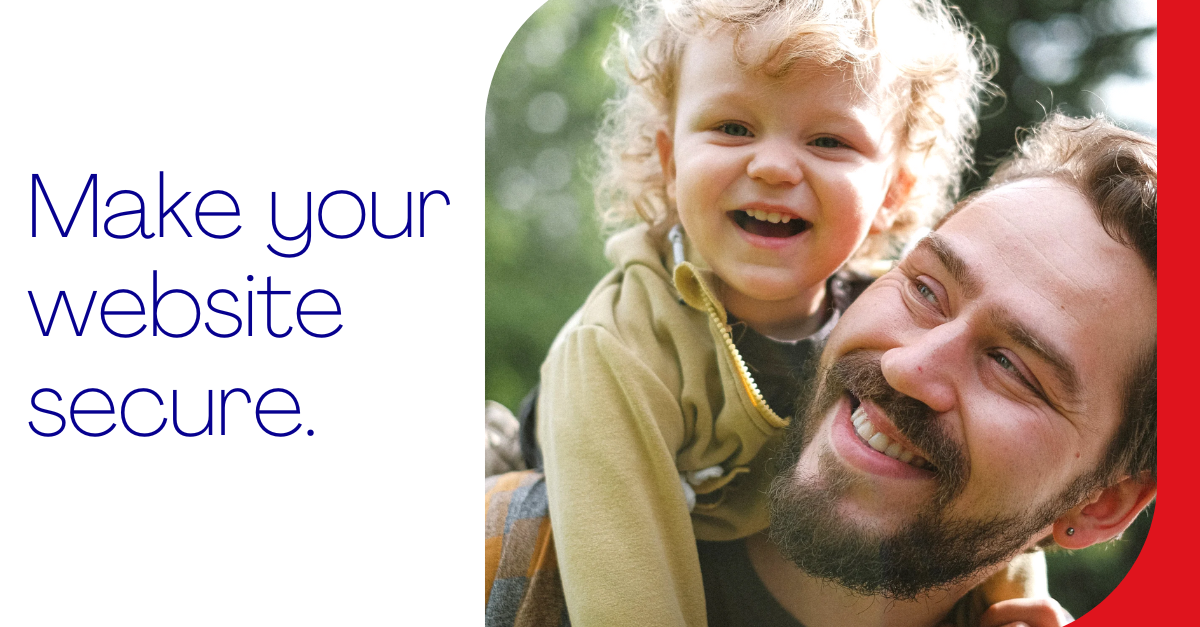
Ensuring the security of your Drupal website is critical to safeguarding sensitive data, maintaining user trust, and preventing cyberattacks. Whether you're an individual managing a personal site or a company overseeing a complex web platform, these Drupal security best practices will help you strengthen your site's defenses.
1. Keep Drupal Core and Modules Updated
Regular updates are essential for addressing known vulnerabilities in Drupal. Always keep the following up to date:
- Drupal core
- Themes
- Contributed and custom modules
To check for updates, navigate to "Reports > Available Updates" in your Drupal admin panel and apply security patches promptly. Delaying updates can leave your site exposed to exploits.
2. Use Strong and Unique Login Credentials
- Weak login credentials are a common entry point for attackers. Avoid using predictable usernames like "admin" or simple passwords like "123456." Instead:
- Use complex, unique usernames and passwords for all administrator accounts.
Consider using a password generator to create strong credentials. This reduces the risk of brute-force attacks and unauthorized access.
3. Install Security Modules
- Drupal offers several trusted modules to enhance your site's security. Here are some recommended options:
- Login Security: Limits login attempts and blocks suspicious IPs to prevent brute-force attacks.
- Password Policy: Enforces strong password requirements for all users.
- Security Kit: Mitigates risks like cross-site scripting (XSS) and clickjacking.
- Two-Factor Authentication (TFA): Adds an extra layer of protection during login.
Install and configure these modules to address specific security needs.
4. Enable HTTPS
Using HTTPS encrypts data transmitted between your server and users, protecting it from interception. To enable HTTPS:
- Ensure your hosting provider supports SSL/TLS certificates.
- Configure your site to redirect all HTTP traffic to HTTPS.
This step is essential for securing sensitive information, such as login credentials and user data.
5. Perform Regular Backups
Regular backups are crucial for quick recovery in case of a security breach. Follow these best practices:
- Back up your site’s files and database frequently.
- Use modules like Backup and Migrate to automate the process.
- Store backups securely off-site to prevent loss.
Having reliable backups ensures you can restore your site without significant downtime or data loss.
6. Limit User Permissions
Adhering to the principle of least privilege minimizes security risks. To limit user permissions:
- Assign roles and permissions carefully, ensuring users only have access to necessary features.
- Restrict access to sensitive functions, such as PHP execution.
- Regularly review user roles to remove unnecessary privileges.
This reduces the likelihood of accidental or malicious changes to your site.
7. Monitor Logs and Security Advisories
Stay proactive by monitoring your site for suspicious activity and staying informed about potential threats:
- Check Drupal’s built-in logs under "Reports > Recent Log Messages" for signs of issues, such as failed login attempts.
- Subscribe to Drupal’s Security Advisory email list or follow updates on social platforms for timely alerts.
Early detection and awareness can help you address vulnerabilities before they are exploited.
8. Secure File Permissions
Improper file permissions can expose your site to unauthorized access. To secure file permissions:
- Ensure the web server cannot write to directories containing executable PHP files.
- Verify that .htaccess files are in place for all Drupal files directories.
- Regularly audit file permissions to maintain a secure configuration.
Proper file permissions are a fundamental aspect of site security.
9. Choose a Reliable Hosting Provider
Your hosting environment plays a significant role in site security. Choose a provider that:
- Supports the latest Drupal version.
- Offers secure protocols like SFTP and SSH.
- Has robust firewall rules and intrusion detection systems.
Avoid shared hosting with untrusted sites, as they can increase the risk of cross-site contamination.
10. Conduct Regular Security Audits
Periodic security audits help identify and address potential vulnerabilities. Consider the following:
- Use the Security Review module to scan for common security issues.
- Perform manual reviews or hire professionals for penetration testing.
Regular audits ensure your site remains secure and compliant with best practices.
By implementing these Drupal security tips, you can significantly reduce the risk of cyberattacks and maintain a secure website. From keeping your site updated to choosing a reliable hosting provider, each step plays a vital role in protecting your data and users. Stay vigilant, monitor for threats, and leverage Drupal’s security tools to build a robust defense against potential risks.
For more insights and updates on Drupal security, consider joining the Drupal community or following relevant discussions on social platforms. Your website’s security is an ongoing commitment—start strengthening it today!
Add new comment